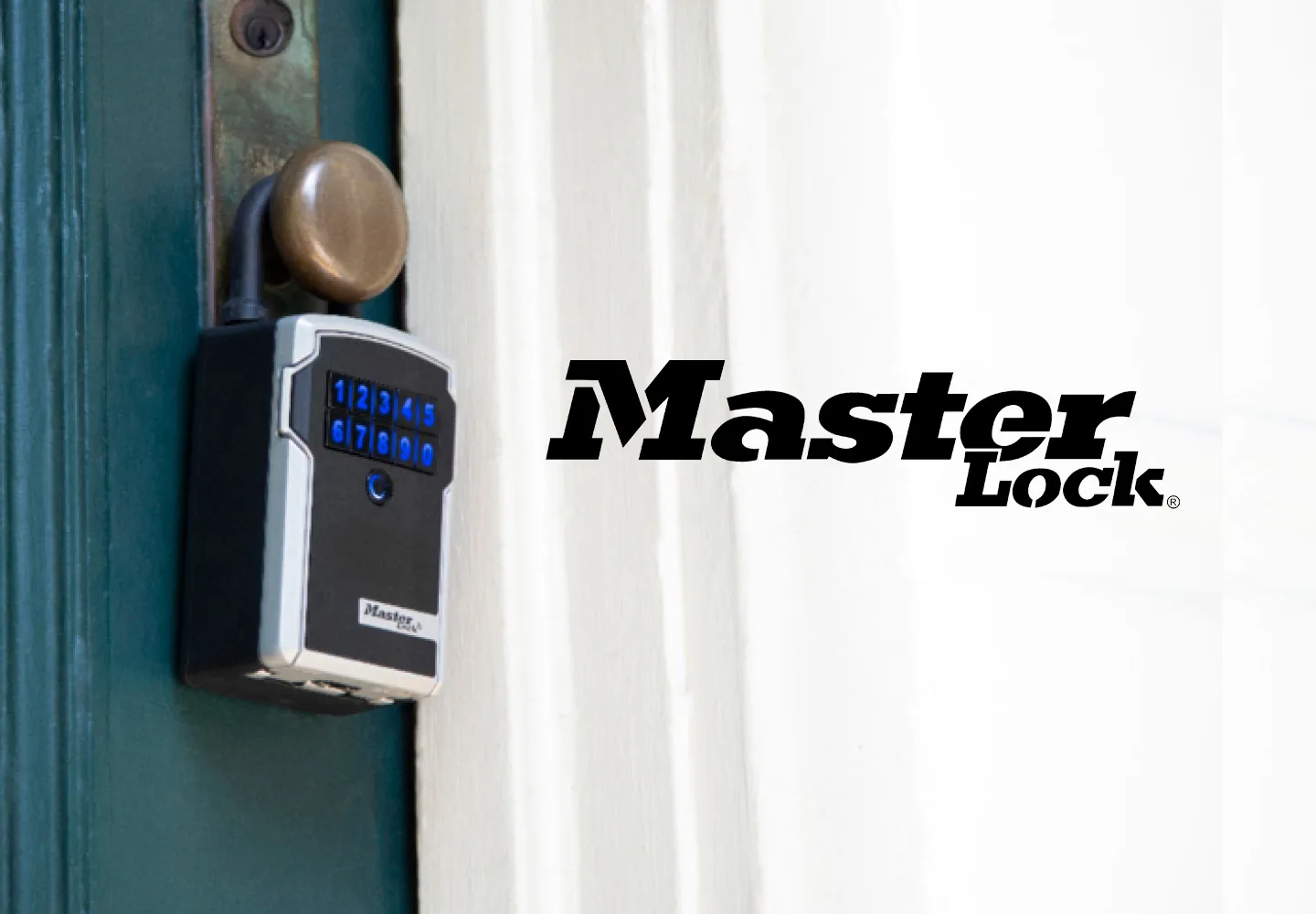In this guide, we’ll discuss:
If you’re ready to market your rental property, maximize marketing efficiency and stay a step ahead of the questions and concerns of your potential renters, review these 5 tips.
So your rental property is ready to hit the market. The paint is dry, necessary permits have been issued, and a fair market price has been determined for your rental property. Once your lease agreement is written and your rental is spotless and staged, what’s left for a property manager to do before activating a listing?
Whether it’s a brand new property or just newly vacant, the task of marketing a rental property is unfortunately not a singular task. This article will delve into five preemptive steps to prepare you for the process of marketing and filling an active rental. Bad news first – boy, is there a lot to think about. The good news? There’s a whole lot you can automate these days.
Maximizing efficiency takes careful and dutiful work initially, but spares countless hours of your time and gets your rental property filled faster. The key is staying a step ahead of the questions and concerns of your potential renters, and making their process of discovering the property, providing background information, touring the property, and signing the lease as seamless as possible.
1. Prepare your property team to spring into action.
Establishing roles and responsibilities within your property team is essential to being ready to market an available property and manage applicants. Your whole team could be you and your mother, or even you alone, but you still need to strategize to prevent unnecessary confusion and delay, in regards to working together and with your future tenants.
Know which tasks you own. Everyone on the team should know which tasks fall to them and where to direct the tasks that don’t. Who will produce and post the property listings? Who will field initial contact from interested applicants? Who will review applications? Who will conduct guided tours on Wednesdays? Identifying opportunities for automation depends on a granular understanding of your procedure. Break down the overall undertaking and assign or automate each task.
Determine when and how to communicate with each other and with applicants. How responsive you can be to applicants depends heavily on how quickly you can respond to each other, or on someone’s behalf. Prevent delay, confusion, and menial scheduling conversations by sharing calendars and using status signals to show whether or not you are available. Automated away messages can go a long way when you’re unavailable.
2. Choose which tech solutions solve the most problems for your team, and ensure access for all parties.
Many property management softwares include the messaging functionality discussed before, allowing listing management, internal and external communication to exist cohesively. With so many on the market, features and pricing will determine which software is a right fit for you.
If an end-to-end system that carries over from marketing an available property to tenant management is what you need most, there are options like TenantCloud or Guesty for short-term rentals.
If reclaiming time and applicant verification are at the top of your team’s priorities, InstaShow’s platform is the most targeted to facilitating Self-Tours, automated identity verification and background checks, and property management team collaboration.
Tenant-screening is a data and paperwork heavy task that can be automated easily, either before or after allowing interested prospects to tour your property. If you want anyone to be able to tour before they must undergo background and credit checks, applications such as AOAA’s Tenant Screening can automate the process prior to signing a lease. If you want touring visitors to undergo that identity verification prior to their tour, some listing platforms actually require that step to be done before they can express interest in a property. This is true for the few traditional tour platforms, but industry standard for Self-Tour technology, as it’s a fundamental matter of security.
3. Consider how available you and your team will be for guided property tours.
Exposure is key, so listing on multiple platforms can be lucrative. Determine how much exposure your team can handle, as responding to guided property showing inquiries effectively requires lightning-fast reactions. You could advertise on all 20 of these free property listing sites, but will that overwhelm your team?
Fielding these requests as quickly as possible is of the utmost importance, as potential renters become quickly disinterested and almost always fire off tour requests to multiple properties in one sitting. Be quicker to respond than the other available properties nearby.
With traditional listing platforms and traditional property tours in general, there isn’t much opportunity to automate or even effectively streamline the scheduling process. Nor is there a way around the need to be constantly on-call for incoming requests.
Traditional listing platforms, such as Zillow, Redfin and Rent.com, give the interested renter the upper hand in scheduling, asking them to request their ideal tour date and list their general availability in the tour request. This is great exposure compared to a yard sign, and does automate notifications to property managers that a tour request has been received. They also facilitate communication with messaging features, but don’t eliminate or lessen the manual task of scheduling the tour. In a way, it actually widens your availability to 24/7 or in accordance with your Do Not Disturb function.
4. Consider modern tour options such as Virtual and Self-Tours.
The only fully automated solution to traditional property tours are virtual tours and self-guided tours. Virtual tours function almost exclusively as a stepping stone to a physical tour, but can entice more eligible applicants and deter less eligible ones. Consider the aid to potential renters that are moving from a considerable distance away – they often have moving assistance from their jobs and limited time to visit in person, making them quick decision-makers regarding rental properties. Virtual tours don’t have a significant impact for every kind of renter, but for this lucrative niche of interested renters, they can be game-changers.
Self-Tours offer any property manager the opportunity to automate this entire phase of the process with the use of smart lock devices, customizable parameters for touring and applicant eligibility, and real-time identity verification and surveillance technology.
With options like InstaShow that allow applicants to cover the cost of the platform for property managers, there’s really no downside in enabling self-tours in addition to offering guided tours. If someone reaches out for a guided tour and you have a Self-Tour system in place, it can be available to tour even if you aren’t. If a potential renter is interested, but wants to return with a measuring tape and make sure their furniture will fit, they can do so on their own with zero assistance from the property management team.
5. Ensure property safety and security.
Available rental properties are usually vacant, so take the time to install and double-check what watches over your property when you aren’t there.
Basic security measures are always worth listing, as it’s easy to lose sight of the mundane. If the previous tenants failed to return every set of keys, change the locks or consider switching to electronic key fobs that can be disconnected for better protection. Double check smoke alarms and CO2 censors, as well as window locks, garages and side doors for security. Motion-sensored flood lights and cameras, and security services like SimpliSafe are ways to make security airtight.
Rental scams are becoming increasingly common, and here’s what you can do about them. Whether you are actively listing or have in the past, set up online alerts for your address to stay ahead of rental scams. They’re more common than you think! Scam operations copy listings complete with photos and collect application fees that could lead to bad press and security issues to your property and tenants.
Self-Tours can feel unnerving – here’s why they shouldn’t and what you can do to maximize security. As previously stated, identity verification is a fundamental, irrefutable step in Self-Tour eligibility. The InstaShow platform requires and automates criminal background checks, credit checks, and government-issued identity verification. Users must capture images of their ID and authenticate their profile with real-time, biometric selfies. Then, at the advent of each and every Self-Tour, they must verify again in the same manner before the lock box will open.
Conclusion.
Creating sustainable models for your rental property leads to better efficiency, profitability, longevity. Stay one step ahead with Virtual Tours!





